The plan to implement population and development work in 2025, issued by Hanoi city, aims to improve population quality and improve public health.
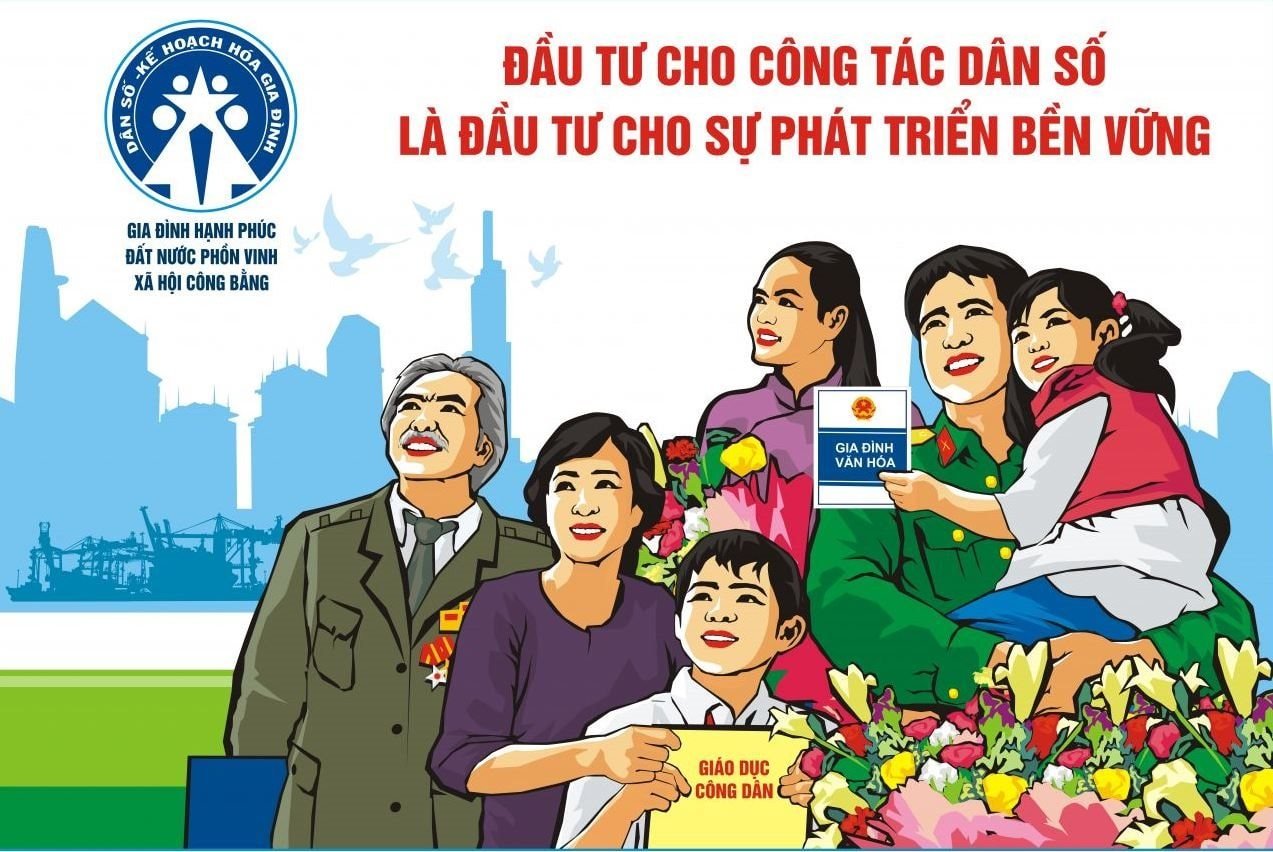
Hanoi will strengthen population work in the new situation in the city. (Illustration photo).
With the promotion of maintaining the replacement fertility rate, reducing the gender imbalance at birth, and ensuring comprehensive development in terms of population size, structure, and quality in the capital. In particular, Hanoi sets many specific targets to effectively implement strategic goals. Specifically, the city will reduce the birth rate of third children or more by 0.15% compared to 2024, achieve an 85% prenatal screening rate and 90% newborn screening rate, and ensure that 89% of the elderly receive regular health check-ups. In addition, 85% of couples will receive pre-marital counseling and health check-ups, along with 416,950 people applying new contraceptive methods. In particular, the sex ratio at birth must not exceed 110 boys per 100 girls, contributing to overcoming the serious gender imbalance in recent years. In particular, not only stopping at population targets but also focusing on specific activities to raise people's awareness of related issues. To achieve the above goal, the City People's Committee requires the district, town and city authorities to complete the assignment of planning targets by February 2025 at the latest. The Steering Committee for Population and Development at all levels will be strengthened, ensuring effective coordination between departments, branches and localities during the implementation process.
Hoan Kiem District Medical Center coordinates with city hospitals to screen for early puberty and congenital genital abnormalities in preschool children. (Photo: Duong Ngoc/VNA)
A notable point in the plan is the strong investment in communication and education . Hanoi will focus on promoting propaganda about the benefits of having two children, the important role of prenatal and newborn screening, reproductive health care, and raising awareness of gender equality. Communication forms will be diversified, from television broadcasts, social networks, to organizing seminars and events in the community. In addition, propaganda materials will also be digitized for easy access to all audiences, especially young people and women of childbearing age. At the same time, medical facilities in the city will also be strengthened to meet the needs of population health care services. Services such as pre-marital health consultation and examination, prenatal and newborn screening, and provision of modern contraceptive methods will be deployed synchronously and effectively. At the same time, the city continues to maintain and expand elderly health care models in the community. Health clubs, nutrition counseling programs, and physical activities for the elderly will contribute to improving the quality of life and reducing common diseases. In addition, Hanoi also focuses on controlling gender imbalance at birth through measures to check and strictly handle the behavior of choosing the sex of the fetus. The city also organizes special communication programs to raise public awareness of the serious consequences of gender imbalance, thereby promoting behavioral changes in society. In addition, Hanoi also focuses on developing the physical strength and stature of the capital's people. Physical education programs in schools will be enhanced, combined with nutritional care activities to improve the health of the younger generation. These goals not only bring immediate benefits but also contribute to building a high-quality human resource in the future. In order to successfully implement the set goals, Hanoi encourages the participation of organizations, businesses and individuals in socialization programs. Population services such as counseling, health check-ups, and contraceptive provision will be implemented in the form of public-private partnerships, to reduce the budget burden and ensure better service quality for the people. With close coordination from departments, branches, sectors, unions and local authorities, the 2025 population work plan is expected to make significant strides in improving the quality of life of the capital's people. This is not only a strategic step to implement the Vietnam Population Strategy to 2030 but also affirms Hanoi's role as a sustainable and livable urban area, where people are at the center of all development policies. By continuing to invest, innovate, and improve policies and programs to continuously improve the quality of life of the people, especially vulnerable groups such as the elderly, children, and women. This not only aims to solve current challenges but also aims at comprehensive, stable and sustainable development for the capital Hanoi.Huong Giang



![[Photo] General Secretary To Lam receives Governor of Kanagawa Province (Japan) Kuroiwa Yuji](https://vphoto.vietnam.vn/thumb/1200x675/vietnam/resource/IMAGE/2025/11/15/1763204231089_a1-bnd-7718-5559-jpg.webp)
![[Photo] Panorama of the 2025 Community Action Awards Final Round](https://vphoto.vietnam.vn/thumb/1200x675/vietnam/resource/IMAGE/2025/11/15/1763206932975_chi-7868-jpg.webp)
![[Photo] Exciting contest of skillful red fruit picking and creativity from Son La coffee beans](https://vphoto.vietnam.vn/thumb/1200x675/vietnam/resource/IMAGE/2025/11/15/1763201832979_ndo_bl_3-jpg.webp)

![[Photo] The Government Standing Committee reviews the planning project of the Red River landscape avenue axis](https://vphoto.vietnam.vn/thumb/1200x675/vietnam/resource/IMAGE/2025/11/15/1763197032149_dsc-0163-jpg.webp)






![[Infographic] Deputy Secretary of the City Party Committee, Chairwoman of the Hanoi People's Council Phung Thi Hong Ha](https://vphoto.vietnam.vn/thumb/402x226/vietnam/resource/IMAGE/2025/11/13/1763038877681_img-2118-54020024704776382809356-82590448805670117934347.jpeg)


















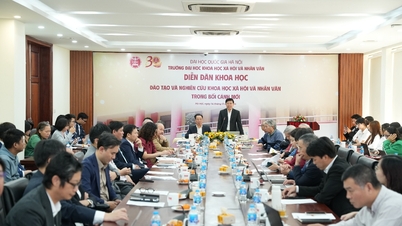




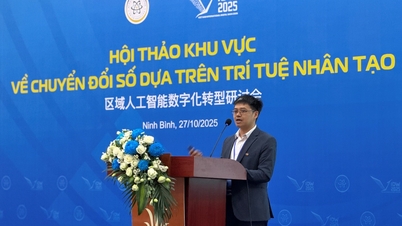














































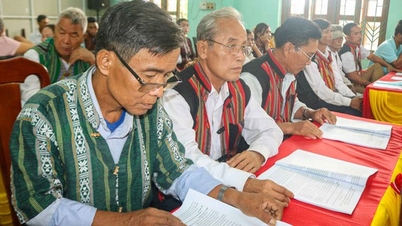
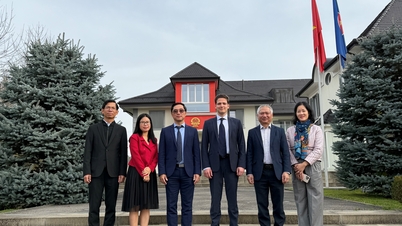
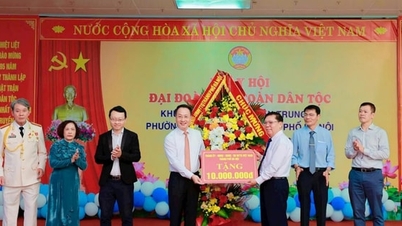


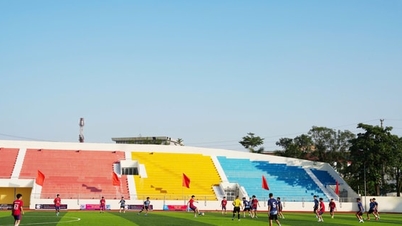










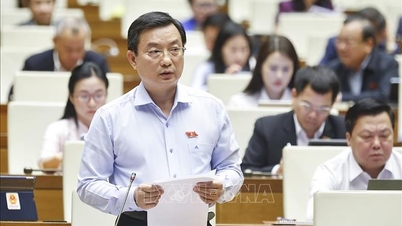







Comment (0)